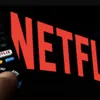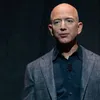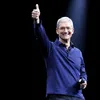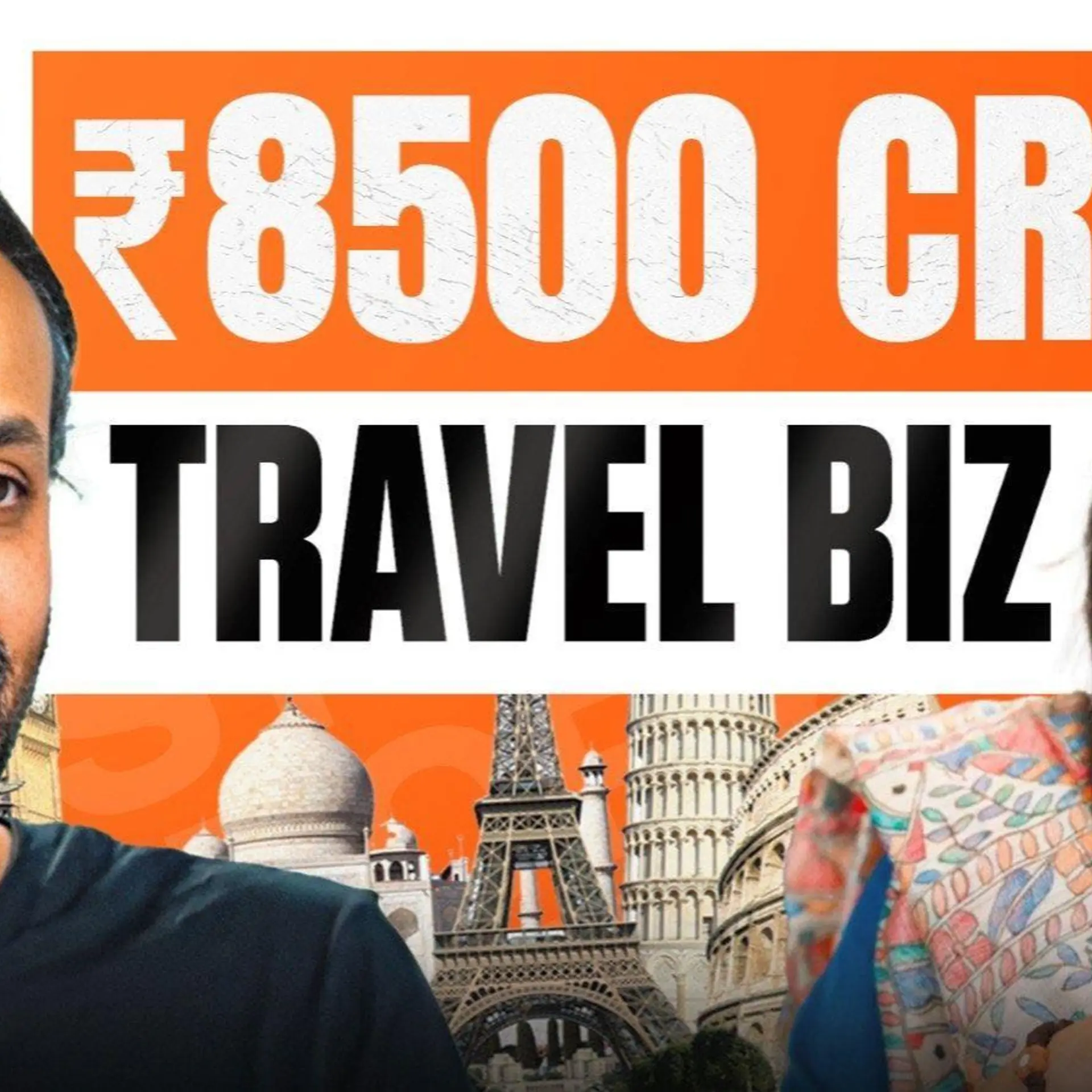Netflix may have flopped at Oscars but its content bets are for future returns, reveal FAANG trends
Netflix may have garnered 24 Oscar nominations this year, but it managed to win only two. However, it should continue placing quality bets for future returns – a trend mirrored by all its FAANG peers.
This January, Netflix took the entertainment world by storm by leading the Oscars 2020 nominations tally with 24 entries, ahead of even giant Hollywood studios like Walt Disney (23), Sony Pictures (20), and Warner Bros (12).
It was the first time in the history of Academy Awards that a streaming service dominated the list of nominations — in major categories no less — further reinforcing the tectonic shifts taking place in cinematic content. Shortly after, in a glowing piece titled ‘Why Netflix Already Won the Oscars’, CNN media analyst Bill Carter wrote,
“Netflix is all-in on its effort to shake up the movie business as much as it has the television business. Even if it winds up losing everything... the Netflix brigade will surely be back next year with a new roster of Oscar competitors, if only because more and more top film artists are noticing and appreciating the dedication (and money) Netflix is putting in to winning little naked statuettes.”
Dedication and money: the two operative words here.
In 2019, Netflix spent a massive $15 billion on content production, according to BMO Capital Markets. This number is estimated to reach $17 billion in 2020. While the Oscar results may not have been favourable for the streaming giant, its rising spends on original content is indicative of a trend.
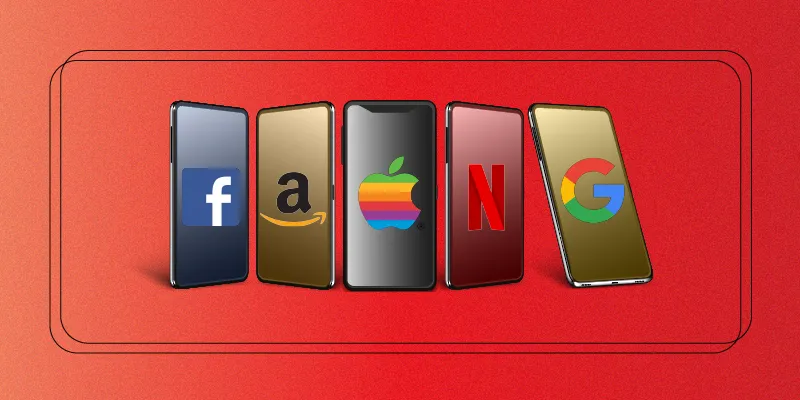
Photo: YS Design
Market analysts believe that Netflix sees the Oscars just like other ‘FAANG’ companies see potential acquisition targets. It is a means to an end, a strong driver of growth and reach, and a future multiplier of returns on investment.
‘FAANG’ is an oft-used acronym for the market's five most popular and top-performing tech stocks: Facebook, Amazon, Apple, Netflix, and Google. Today, Netflix’s content spends are almost aligned with what Facebook spent to buy WhatsApp or what Google would have spent on YouTube if it acquired the company in 2019, instead of 2006.
All these tech giants of today have invested in the breakout stars of tomorrow. For Netflix, it is content. For others, it was something else.
Here are the top FAANG bets of all time and what it meant for the parent companies.
F = Facebook
It has been long established that Instagram is the best investment Facebook has made to date. The Mark Zuckerberg-owned company spent $1 billion to buy the photo-sharing network in 2012, catapulting it from a niche iOS-only service to one of the world’s most influential social media platforms.
At present, Instagram has close to 1.5 billion monthly users, having earned $20 billion in revenue for its parent company in 2019. Instagram was, what Forbes calls, “a bargain that’s turned a very tidy profit” for Facebook.
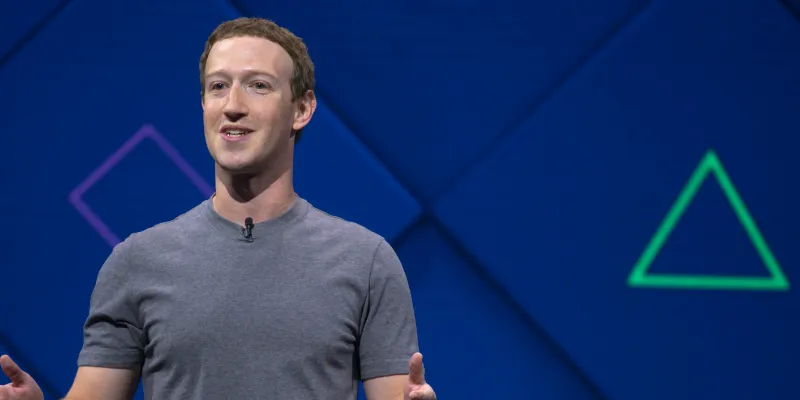
Facebook CEO Mark Zuckerberg
However, Facebook is yet to see the same returns on its investment in WhatsApp, for which it paid a huge $19 billion in 2014 – a deal that TechCrunch termed “ludicrous”.
The jury is still out on whether it was a wise bet given that ad-free WhatsApp is yet to draw up a concrete monetisation plan and is likely to take a toll on Facebook’s overall profitability. Analysts, however, believe that India’s 400 million WhatsApp users will play a key role in turning the tables.
“WhatsApp was a very different sort of bet. If it can become the dominant payment app/ecommerce platform in a country of 1.3 billion people, it’ll be one of the shrewdest acquisitions of the Information Age,” said one analyst.
A = Amazon
One of Amazon’s largest acquisitions took place in 2017 when it bought grocery retail chain Whole Foods for a whopping $13.7 billion.
The deal is expected to power the expansion of its hyperlocal grocery service Amazon Fresh, which was launched in 2007 but failed to make much impact. Grocery needed a prominent feet-on-street presence: the gap filled by Whole Foods.
“The acquisition dramatically expanded Amazon’s brick-and-mortar footprint, as well as giving Amazon a much stronger position in grocery delivery that capitalises on Whole Foods’ large and loyal customer base,” says CB Insights.
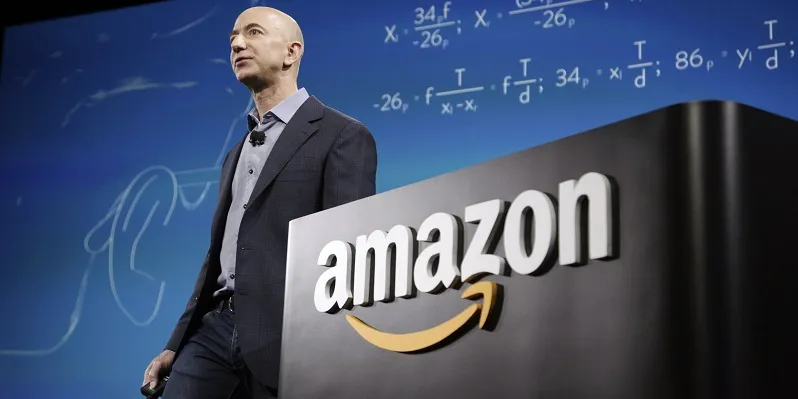
Amazon CEO Jeff Bezos
At present, the Seattle-based giant accounts for five percent of all retail, and about 44 percent of all ecommerce spending in the US. Whole Foods will go a long way in increasing that share.
Prior to that, Amazon also acquired game-streaming platform Twitch for $970 million in 2014. It may have been ahead of its time but given the sudden proliferation of cloud gaming services – with the likes of Apple Arcade and Google Stadia – Twitch could be a profit multiplier in the near future.
However, some believe that Twitch was “an investment in bolstering Amazon Web Services, its $7-billion-plus cloud computing juggernaut”. According to Morgan Stanley, the software-to-retail conglomerate will continue to grow at 16 percent until 2025, riding on acquisitions. That is “its fastest growth catalyst,” it stated.
A = Apple
Apple has the highest valuation among FAANG stocks. The iPhone-maker witnessed its best quarter in Q1 2020, posting revenues of $91.8 billion and net profits of $22.2 billion. It also hit a record market cap of $1.42 trillion last month.
Acquisitions have been a major growth driver for the Steve Jobs-founded firm. Since its first one of NeXT Computer in 1997, Apple has bought more than 100 companies.
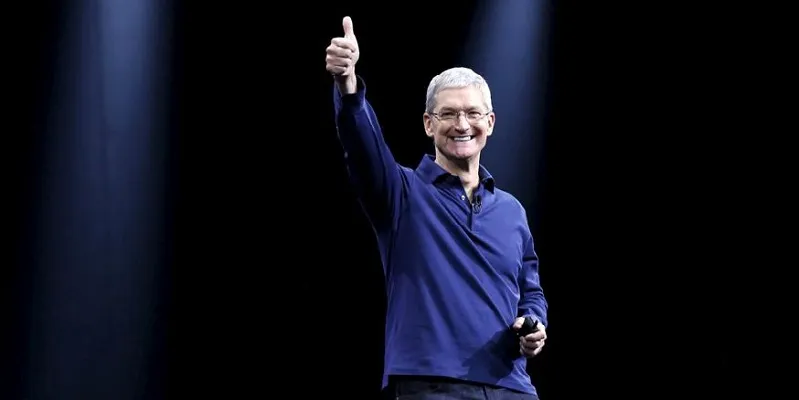
Apple CEO Tim Cook
Its largest acquisition to date happened in 2014 when the company shelled out $3 billion for audio electronics maker Beats. Even though it perplexed observers back then, the investment might have already paid off for Apple.
Top executives from Beats, who were absorbed by Apple, have been instrumental in revamping Apple Music – one of the biggest revenue-generators for the company today. The Beats 1 internet radio also produces premium shows that pull more paid listeners.
Apple has been selling Beats audio products in its own retail stores and via resellers.
Besides Beats, Apple is also said to have made a success of its $400-million purchase of Shazam in 2017. The hugely popular song identification app was a “natural fit” with Apple Music, according to CB Insights.
G = Google
Google’s ‘if-you-can’t-build-it-then-buy-it’ philosophy is well-entrenched in tech folklore now. The search giant has spent tens of billions of dollars buying innovative ideas, products, and services.
Since 2001, it has made more than 200 acquisitions. The most prominent of these is Android, which Google scooped up in 2005 – probably the greatest technology buys of all time. It spent a paltry $50 million to acquire the Android software and the team behind it.

Google CEO Sundar Pichai
In 2008, Android’s first public version launched on the HTC Dream phone, and the rest is history. Today, Android accounts for three-fourths of the mobile OS market globally. It has transformed communication for an entire generation. In 2019, Android apps contributed over $40 billion to Google’s revenues.
A year after the Android buy, Google made another bet – worth $1.65 billion – on video-sharing website YouTube, which was a year old at the time, but was already being viewed by 100 million people daily.
Google’s foresight on the importance of videos gave it a leg-up over Facebook, with YouTube now reaching more than two billion monthly active users. In 2019, it earned $15.1 billion, accounting for 10 percent of Alphabet’s revenues.
Two other acquisitions – DoubleClick ($3.1 billion) and AdMob ($750 million) – continue to power its online advertising business, making it one half of the Google-Facebook duopoly over the market.
(Edited by Saheli Sen Gupta)



